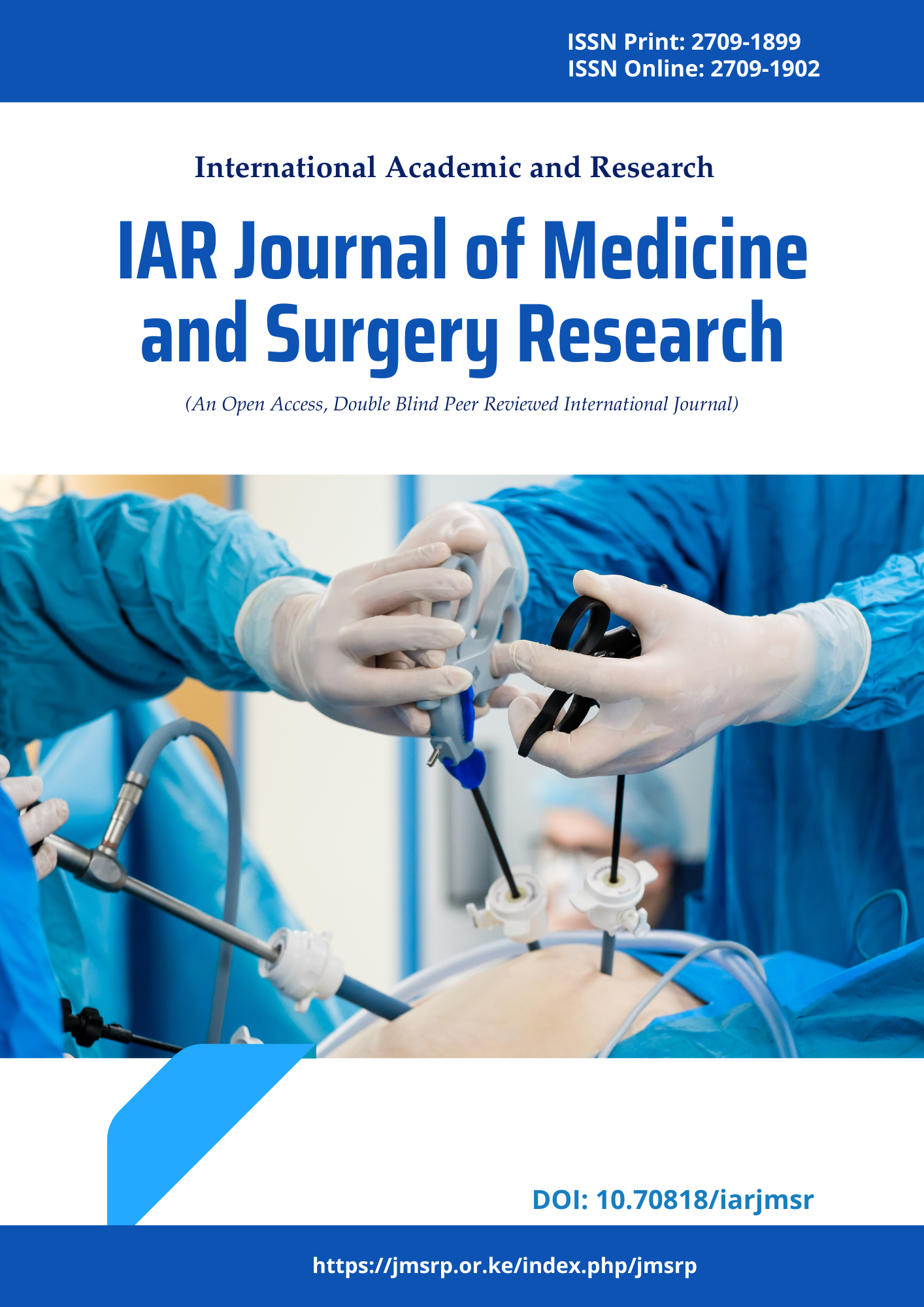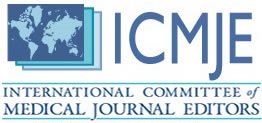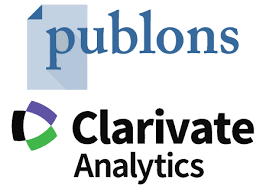To Evaluate The Trigger Factors Andhormonal Abnormalities In Adult Female Acne
DOI:
https://doi.org/10.47310/iarjmsr.2021.V02i02.06Keywords:
Acne, adult, inflammatory, women.Abstract
Introduction: Acne is affecting an increasing number of adult females and so can no longer be considered as a disease of adolescence. Genetic and hormonal factors are thought to play key roles in the pathogenesis of adult female acne and the disease is characterized by a chronic evolution with frequent relapses requiring long-term maintenance therapy. Material and Methods: This is a prospective and observational study conducted over a period of 1 year. Patients over the age of 25 years presenting with acne in a tertiary care hospital were included in the study. A detailed history and examination was carried out, with a stress on aggravating factors. Hormonal imbalances were investigated in females with alopecia, obesity, hirsutism and menstrual irregularity. Severity of acne and complications like scarring and psychological stress were included. Results: Out of 90 patients included in the study 100% were women. The mean age of the patients was 31.2 years. Persistent acne was observed in 60%, while it was late onset in 40%. The most common lesion at presentation was papule (63.21%) followed by mixed lesions including pustules, nodules, and comedones. The patient acne severity was graded as mild (80%) to moderate (21%) with a mean GAGS of 13.45 ± 3.63. Facial involvement was seen in all, except two patients in whom only truncal involvement was present. On the face, cheek was the most common site involved (78.8%) followed by chin (58.8%), mandibular area (54.4%), forehead (41.5%) and nose (21.1%). Conclusion:Adult acne is predominant in women, and as compared to adolescent acne is more inflammatory, with involvement of the cheeks and lower half of the face, while comedones are rare.
















